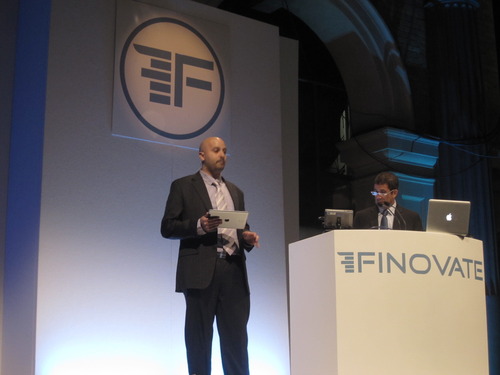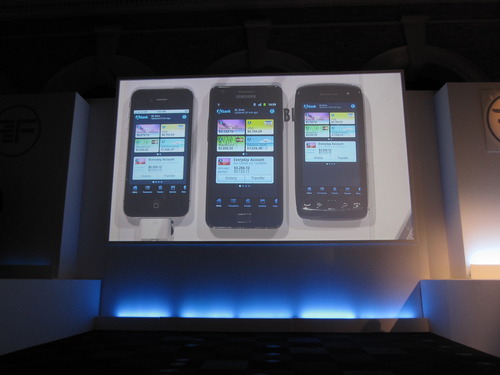Today, AcceptEmail demonstrated a feature that enables mobile bill pay:
“Recently we have added a Short Invoice Service, which creates an electronic bill, including payment capability for mobile phones using SMS, WhatsApp or Twitter. This new feature of AcceptEmail adds the mobile space to the service and enables fully automated credit management. AcceptEmail has also expanded their set of payments methods that can be used via PSP’s with the availability of many new international online payment methods, debit, and credit cards.”
Product Launched: July 2007
HQ Location: Amsterdam, Netherlands
Company Founded: December 2006
Metrics: Triple digit growth last 2 years, 120 customers (billers), 4 million+ registered users, 10 employees
Website: acceptemail.com































